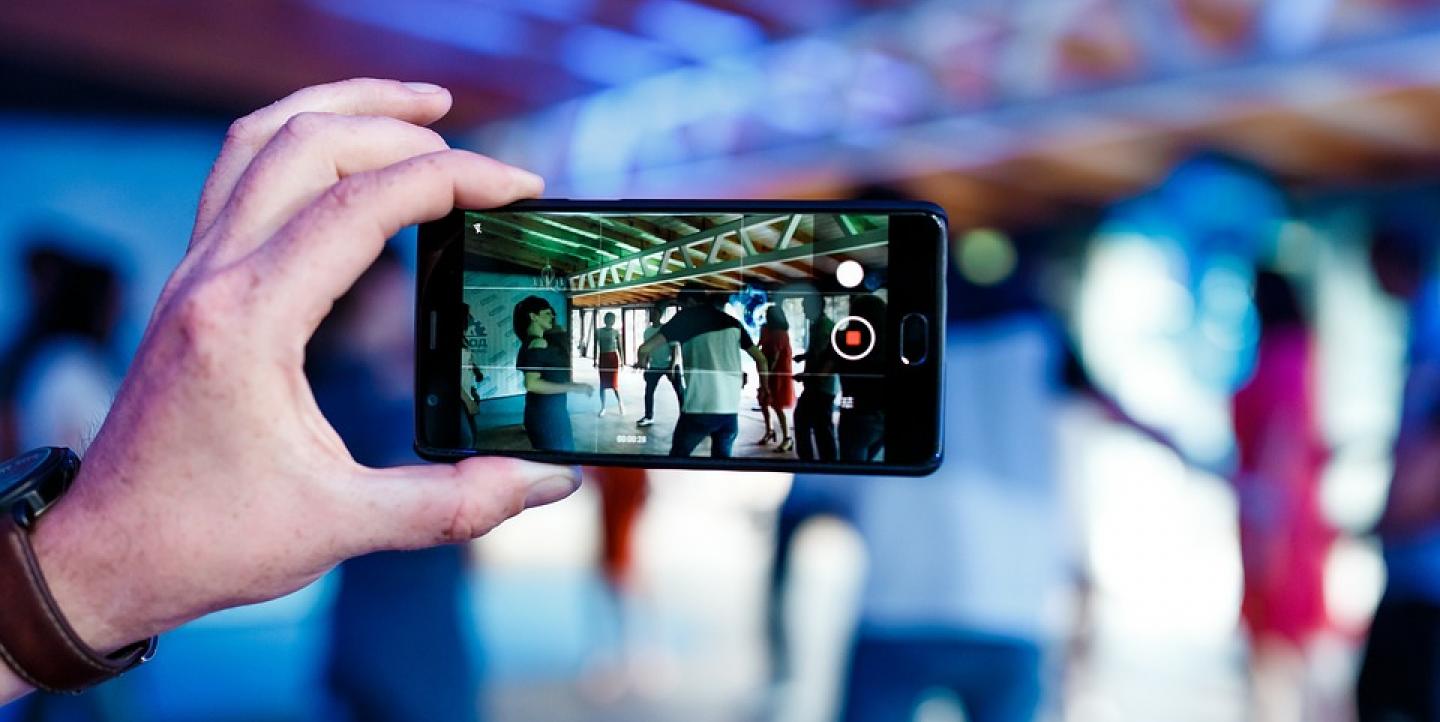This is the second installment in our six-part series, Perspectives in Photojournalism. To read part 1, click here.
A few weeks ago, international freelance photojournalist Allison Shelley was on an assignment covering a rally for the American Civil Liberties Union (ACLU) when she found herself doing an increasingly common thing: she shot a ‘“quick iPhone photo at one point” for the organization’s social media.
It’s just one example of how photo editors are increasingly looking for other visual and technical skills on top of traditional photography.
Paul Moakley, deputy photo editor at TIME magazine, has spent a number of years thinking about the evolution of photography, particularly the convergence of cameras and phones.
On his side of the industry, he said it’s taken a lot of work to really modernize and fully integrate photo departments. In his previous job at Newsweek, the online and print photo departments were very separate.
“When I left in 2009 ... editors were still working on the magazine and would maybe give the online editors some pictures ... it was still really an awkward stage,” he said.
He and his new colleague, Kira Pollack, decided to put a lot of effort into integrating TIME’s departments.
“We started to put more visual stories online and really try to create a place where the slideshows could be in a different environment and have a real photographic presence,” he said.
A lot of TIME’s audience are now seeing the magazine’s photos first on its Facebook or Instagram feed, and later in the print magazine. Moakley curates which photos work for different platforms and audiences.
Because of these changes, they’ve been welcoming new skills, such as video and creative storytelling formats, including horizontal shooting, from their photojournalists.
“I would encourage photographers to be comfortable with video, because they might be in an emergency situation where we [editors] do need it. But there are people who do it and people who don’t, and we don’t expect everyone to do it,” he said, adding that shooting video was a lot of extra work.
He said photographers should only accept video assignments if they are able to provide high-quality images and audio.
“It’s important for any photographers to think about that medium [video] and how their work translates into it and also their comfort level,” he advised. “You should make sure that you can deliver the best quality so you don’t create a bad relationship with any clients you’re working with.”
Tom Hundley, senior photo editor at the Pulitzer Center, works on projects with iPhones and photography, but he also said they are using old technologies, including film and infrared techniques, to replicate the earliest days of photography for some creative projects.
In France, Marie-Pierre Subtil, editor-in-chief of 6 Mois Magazine, has focused on producing quality visual and text journalism for a print magazine, putting aside the spontaneity of social media visuals for longer in-depth photo stories.
The magazine has been performing well since its 2011 launch, with 2,879 subscribers and 27,000 copies of each issue distributed to bookstores across France.
While she uses the internet to find stories and communicate with others, she said she still believes print magazines are relevant for telling great stories through visuals and text. She loves that people — entire families and groups of friends, can hold the print magazine in their hands, talk about it and share it.
Main image CC-licensed by Creative Commons Zero - CC0 via Max Pixel.

